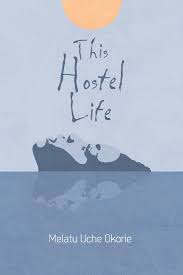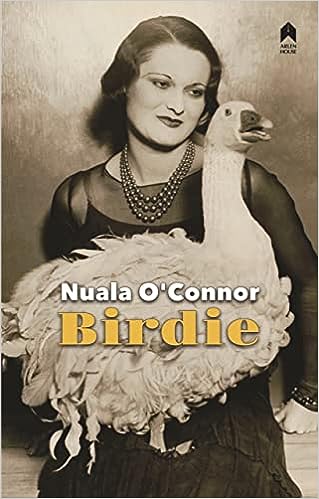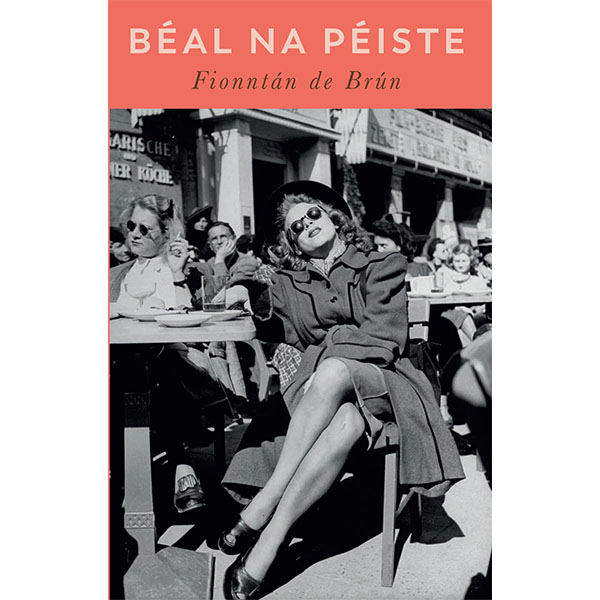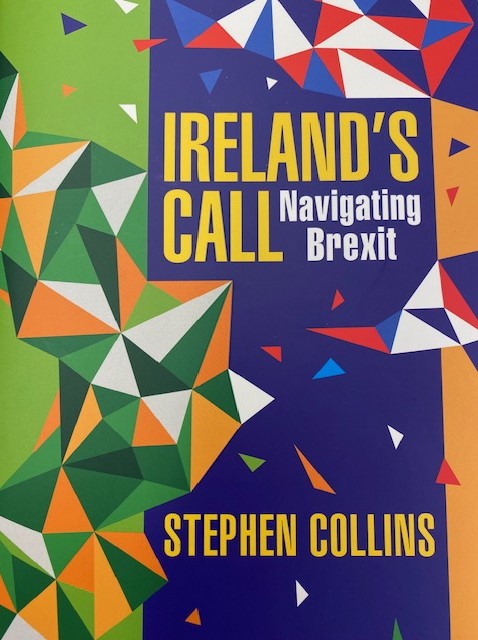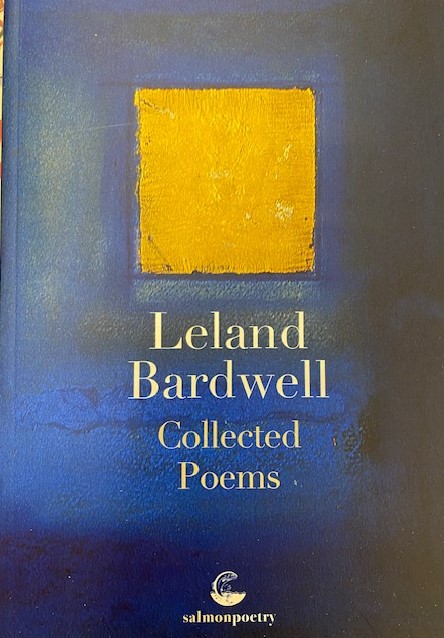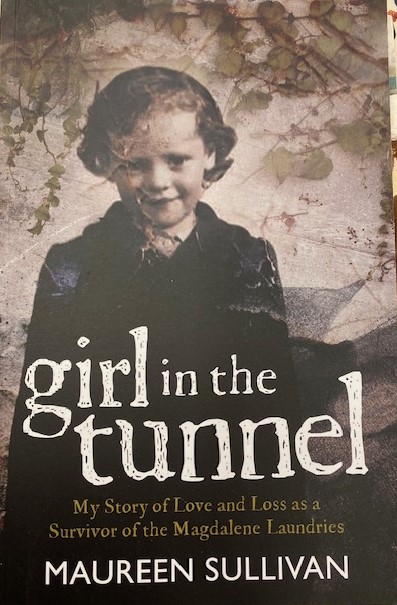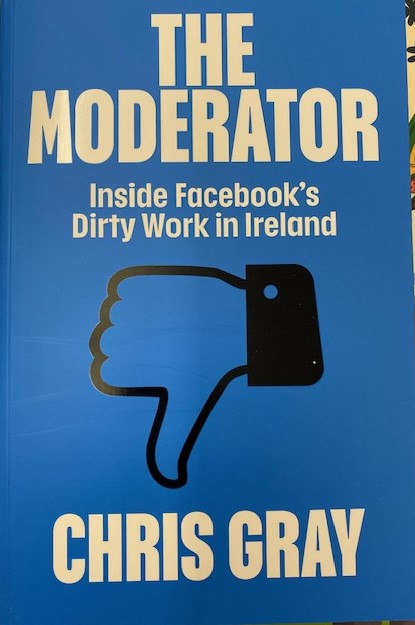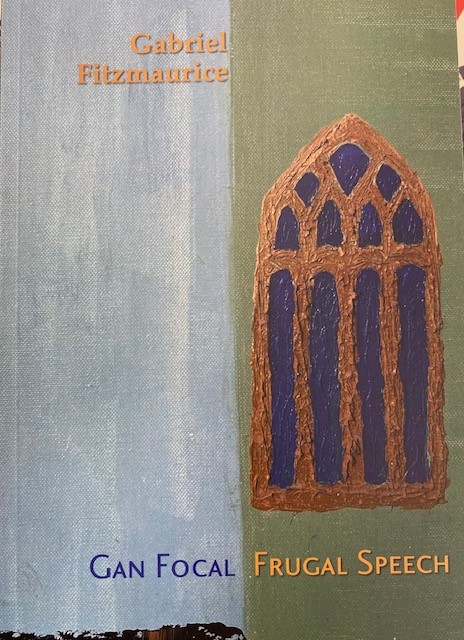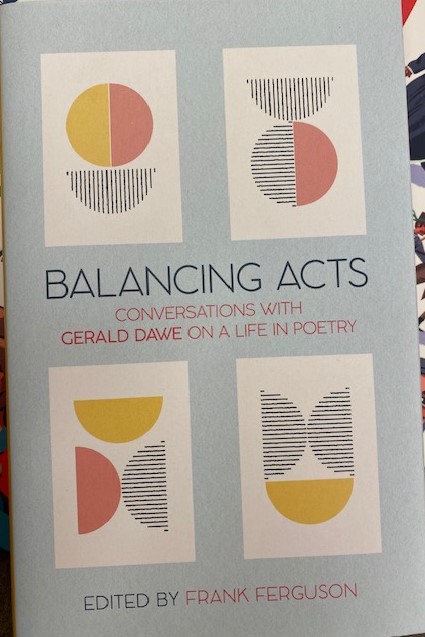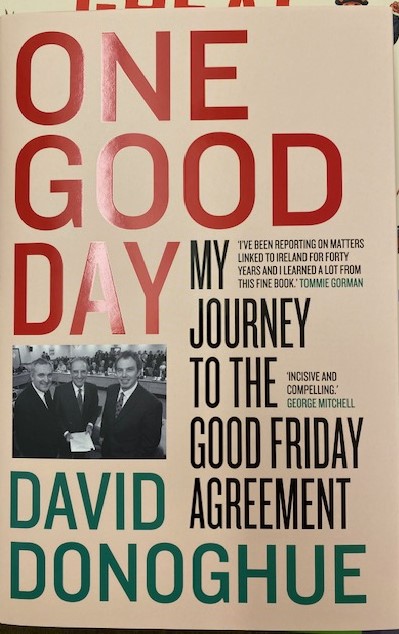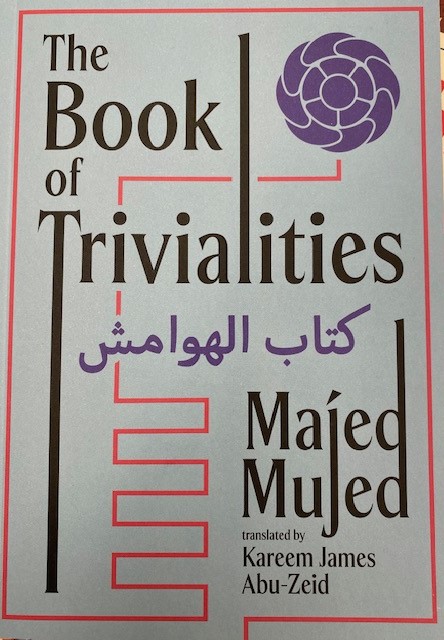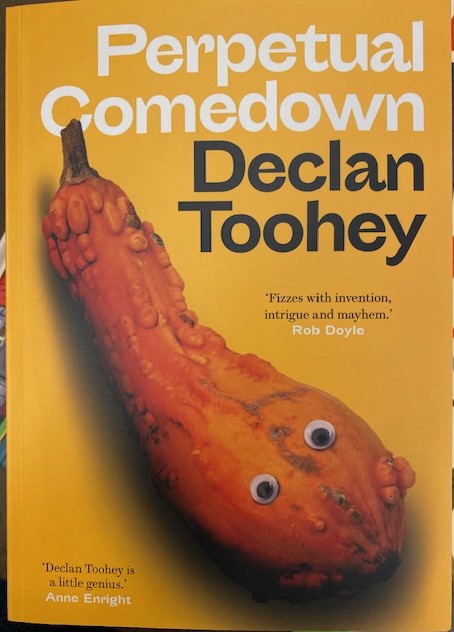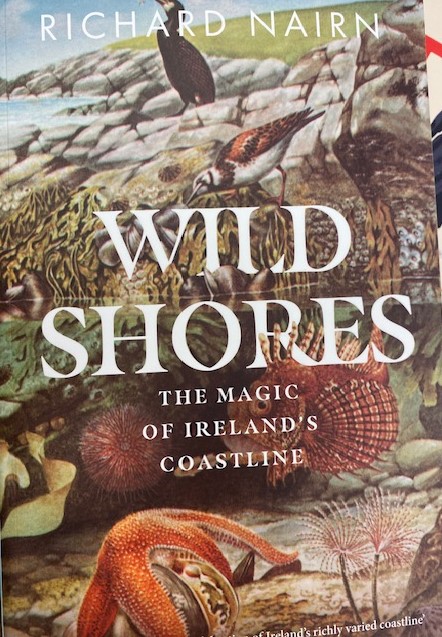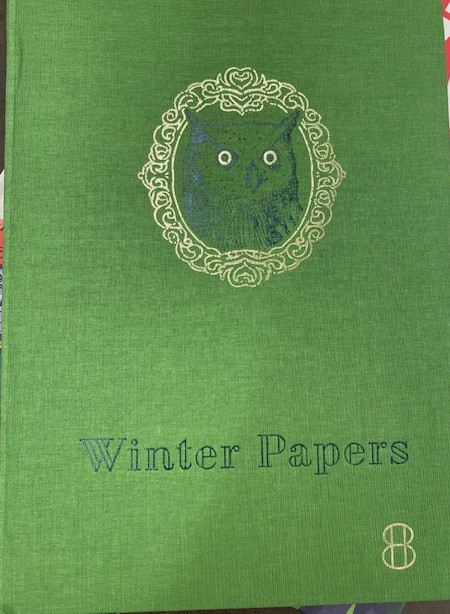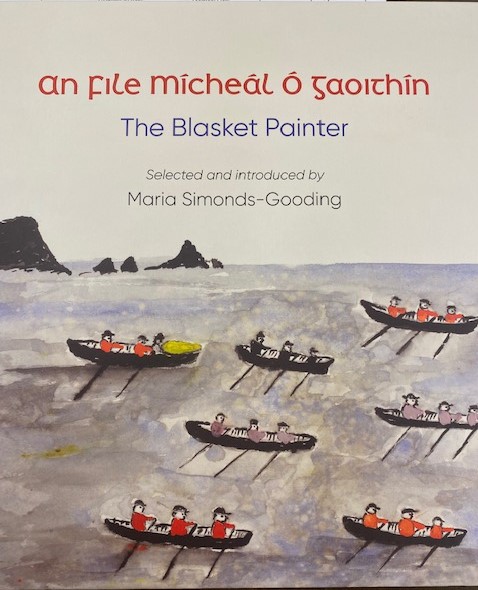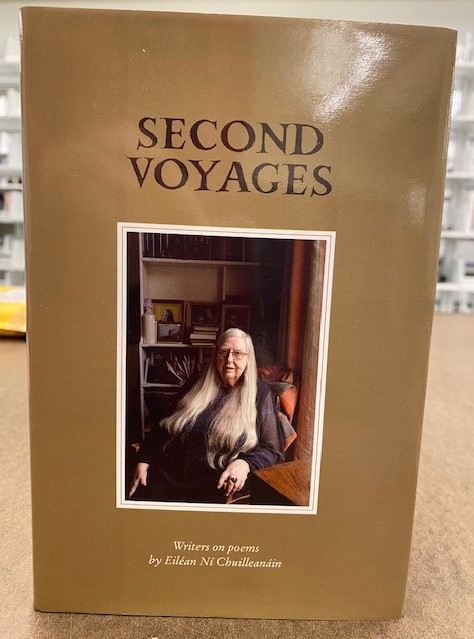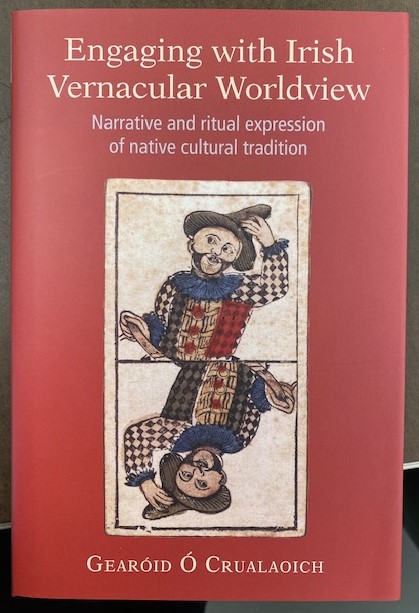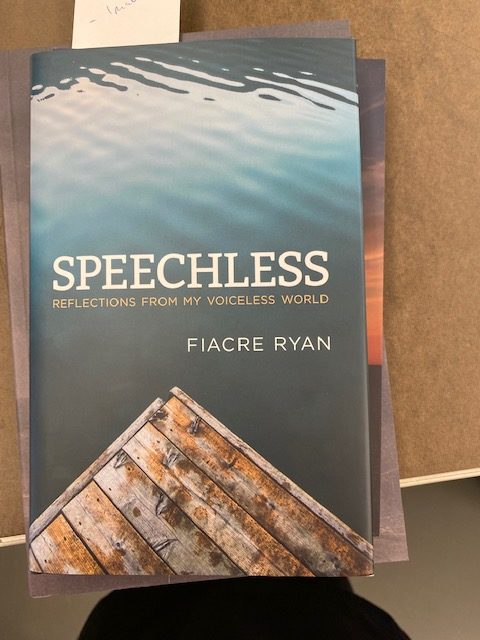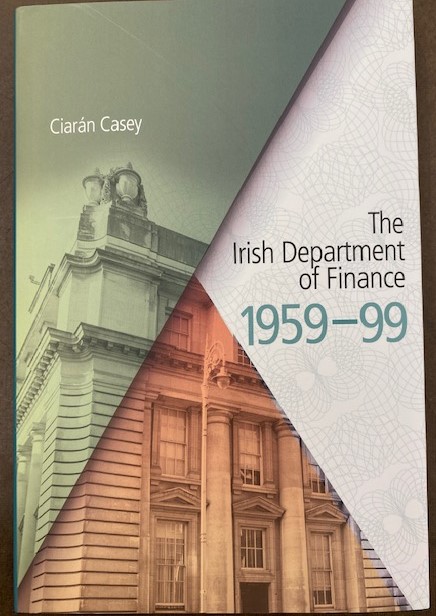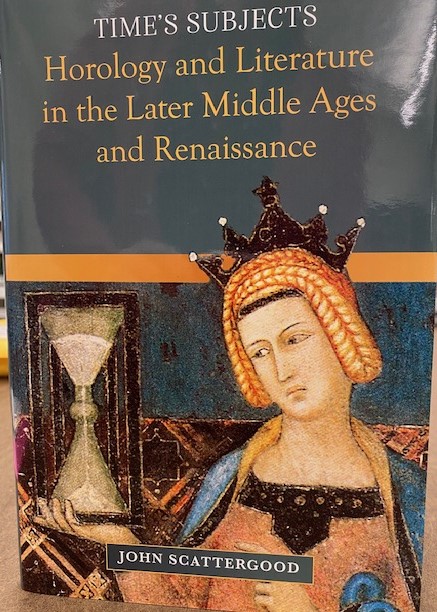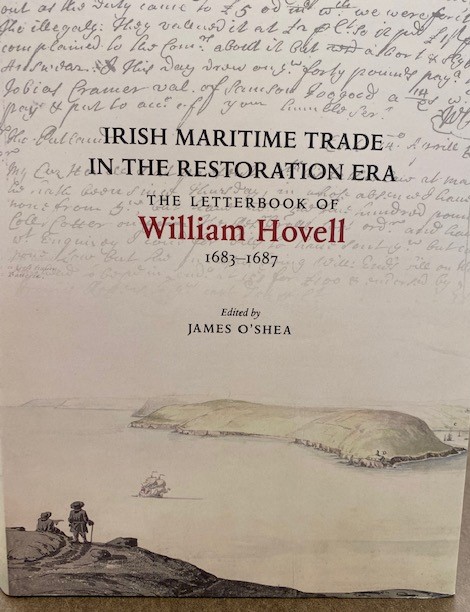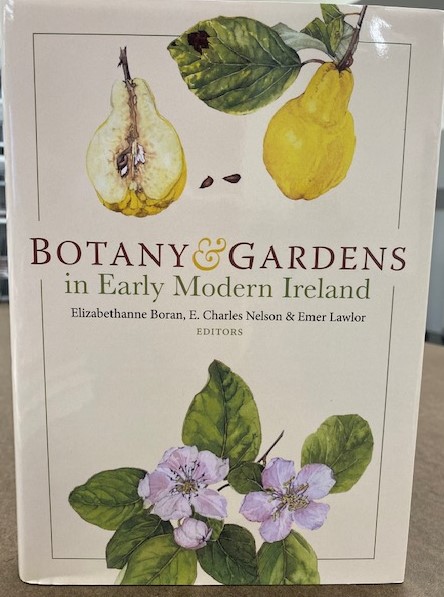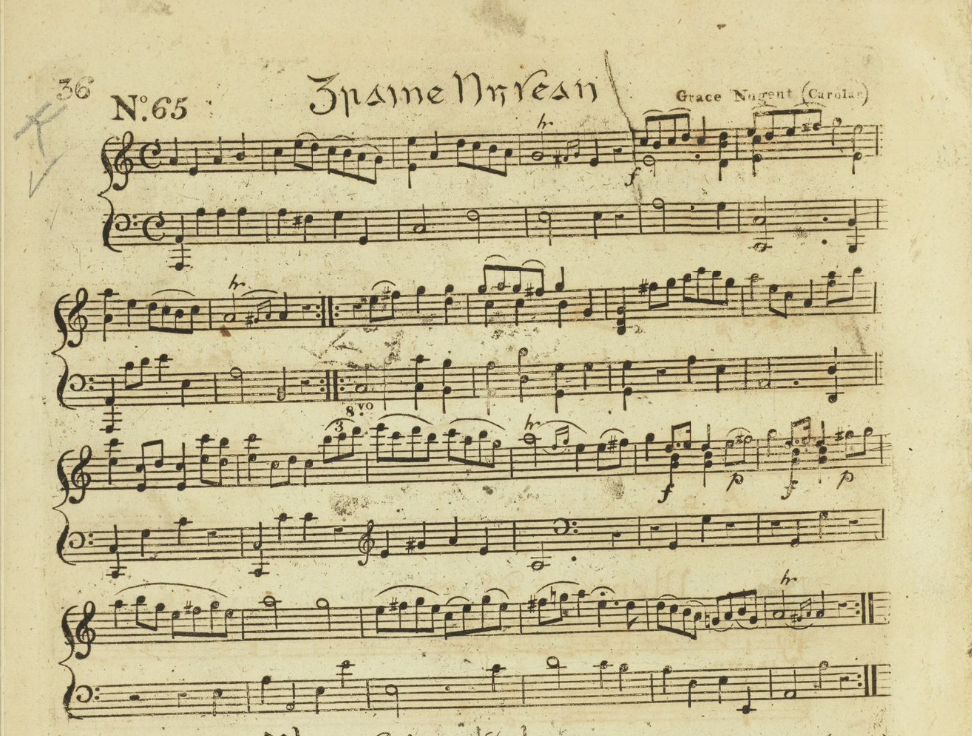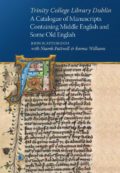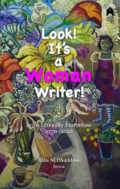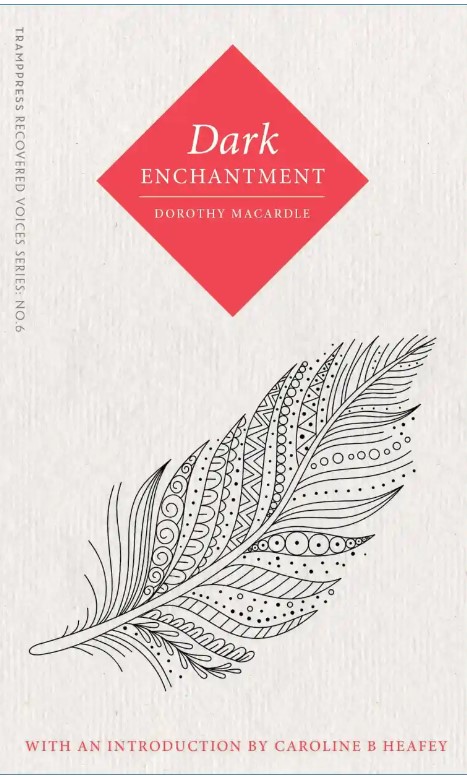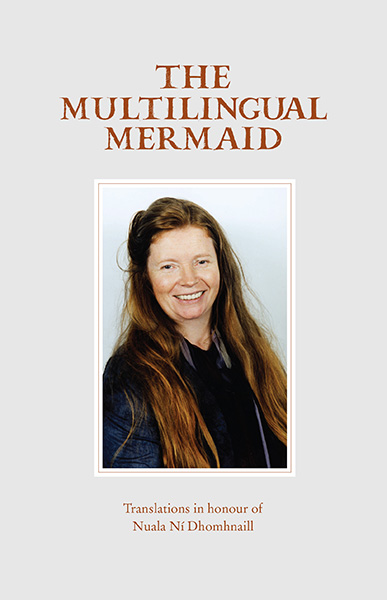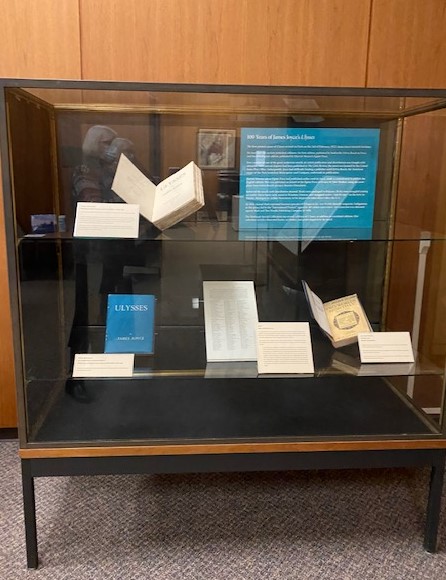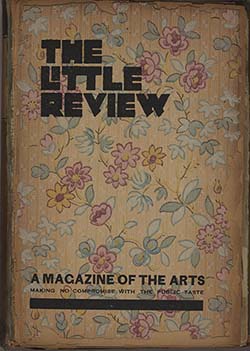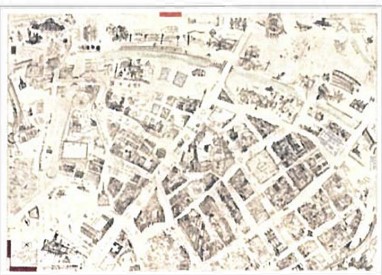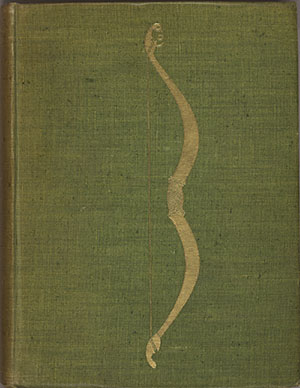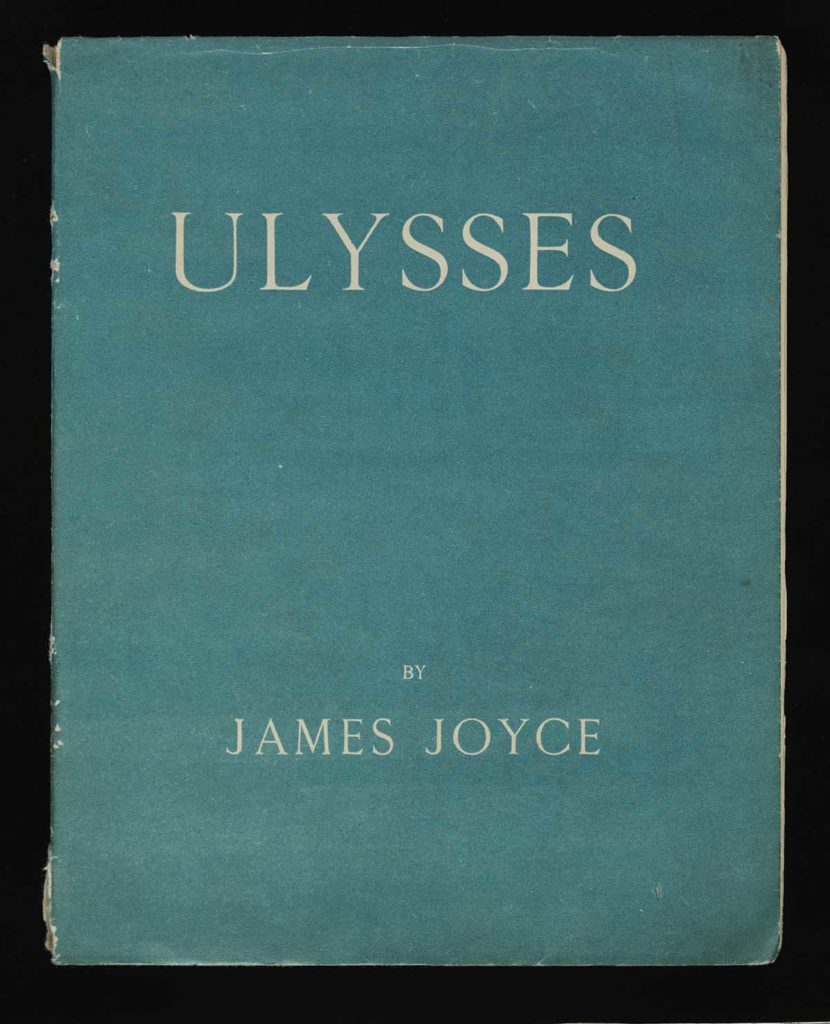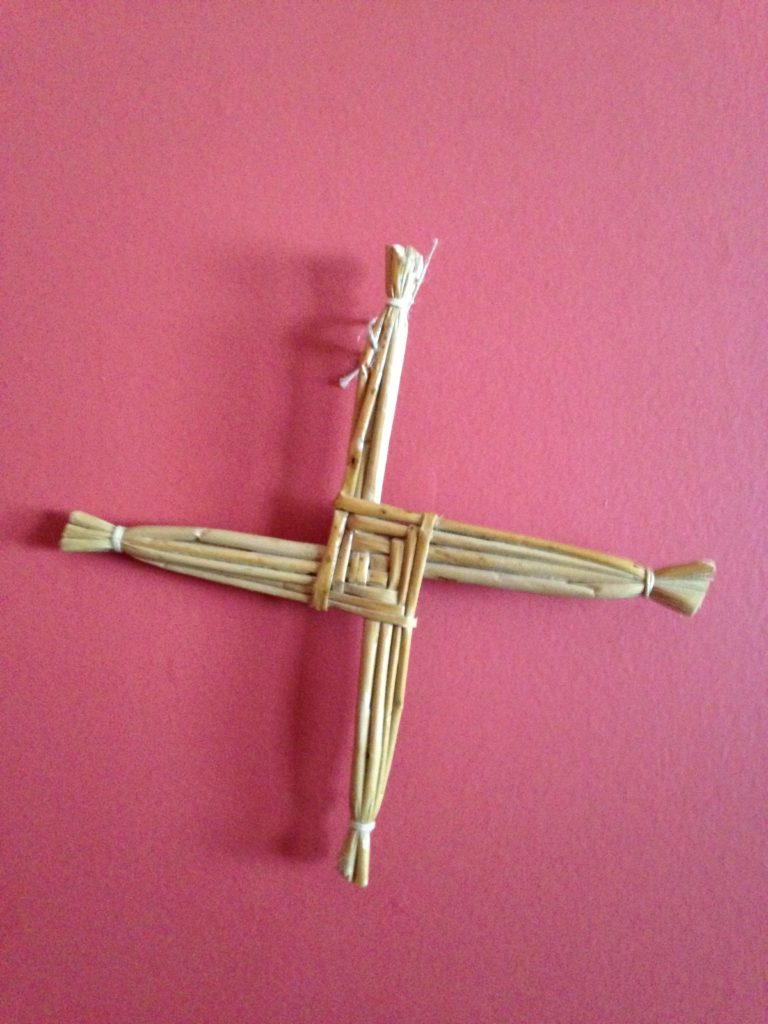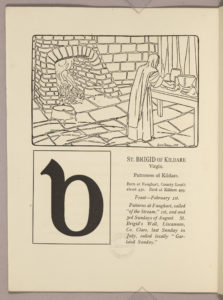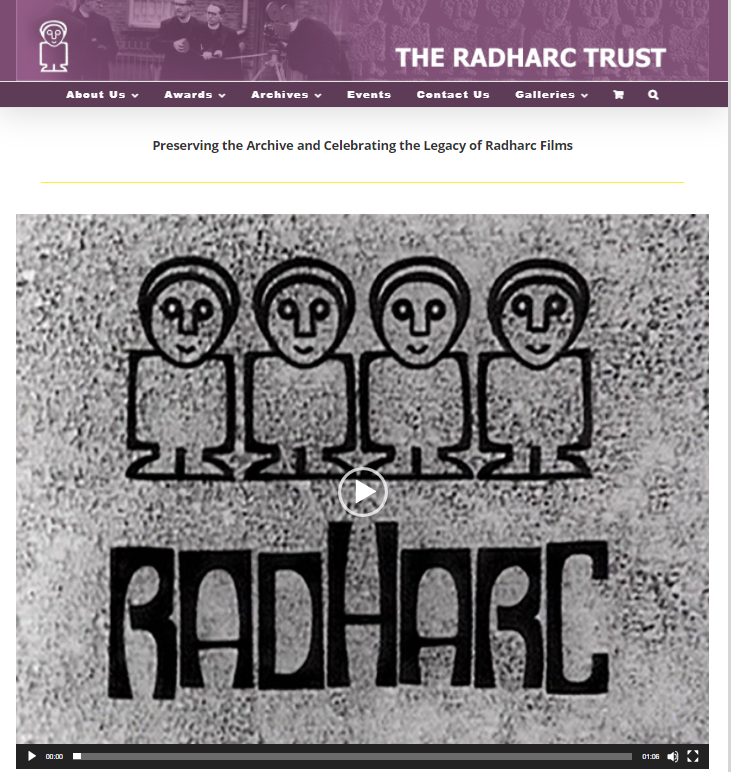Irish Fiction for Summer Reading
Posted on July 26, 2023 in Uncategorized by AedinThe summer isn’t over yet, and we have some suggestions from the Hesburgh Libraries’ shelves.

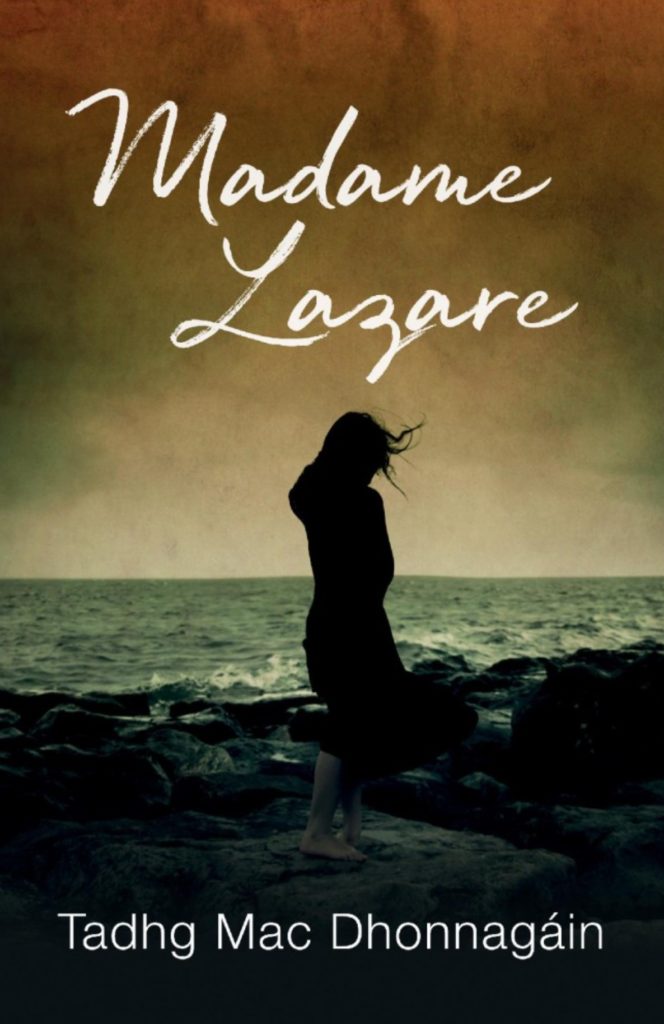
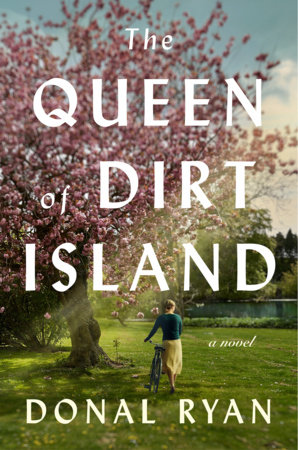
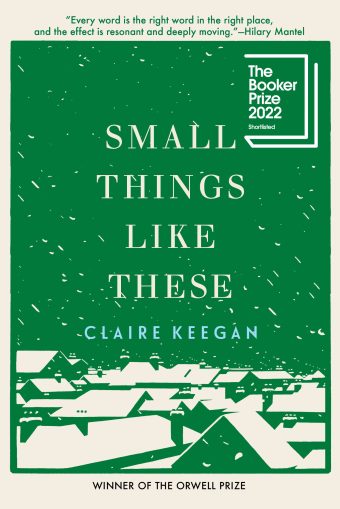
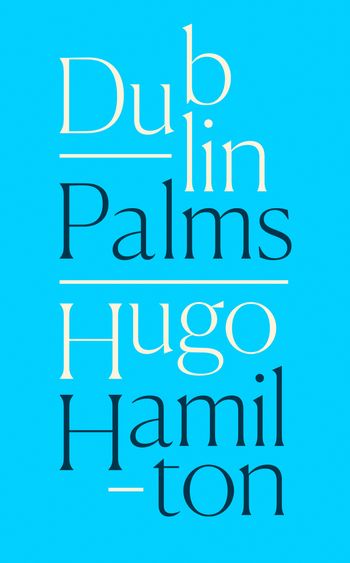
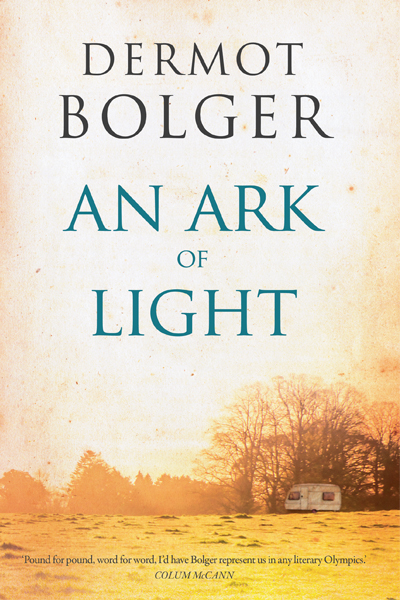
Here is a great mixed list, including all kinds of fiction — something for every taste and mood. Find a book to read this summer that you would not usually fit in your semester’s schedule.

John Banville. Snow. Hanover Square Press, 2020. PR 6052 .A57 S66 2020 (NYT review)
Niamh Boyce. Her Kind. Penguin Ireland, 2019. PR 6102 .O9525 H45 2019
Dermot Bolger. An Ark of Light. New Island, 2018. PR 6052 .O384 A93 2018
Lucy Caldwell. Intimacies: Eleven More Stories. Faber, 2021. PR 6103 .A43 A6 2021
Niamh Campbell. The Happy. Weidenfeld and NIcolson, 2021. PR 6103 .A538 T45 2021
Mary Costello. The River Capture. Canongate, 2019. PR 6103 .085 R58 2019 and also online.

Emma Donoghue. The Pull of the Stars. Little, Brown, 2020. PR 6054 .0547 P85 2020
Emma Donoghue. Haven. Little, Brown, 2022. PR 6054 .O547 H38 2022
Rachael English. The Paper Bracelet. Hachette, 2020. PR 6105 .N488 P37 2020 (Irish Independent review)
Fiona Gartland. Orchids and Lies. Crimson (Poolbeg), 2021. PR 6107 .A775 O73 2021
Hugo Hamilton. Dublin Palms. 4th Estate, 2019. PR 6058 .A5526 D829 2019

Caoilinn Hughes. The Wild Laughter. Oneworld, 2020. PR 6108 .U3885 W55 2020 and also online.
Claire Keegan. Small Things Like These. Grove Press, 2021. PR 6061 .E329 S63 2021
Louise Kennedy. Trespasses. Riverhead, 2022. PR 6111 .E553 T74 2022
Kelly McCaughrain. Flying Tips for Flightless Birds. Walker, 2018. PR 6113 .C3732 F59 2018
Seosamh Mac Grianna. This Road of Mine. A translation by Mícheál Ó hAodha of Mac Grianna’s Mo Bhealach Féin. Lilliput, 2020. PB 1399 .M174 M63 2020
Audrey Magee. The Colony. Faber, 2022. PR 6113 .A33553 C65 2022b
Louise Nealon. Snowflake: a novel. Harper, 2021. PR 6114 .E2566 S66 2021
Máirtín Ó Cadhain. The Dregs of the Day. Translated by Alan Titley. Yale UP, 2019. PB 1399 .O38 F8513 2019 and online

Máirtín Ó Cadhain. The Quick and the Dead. Yale UP, 2021. Also online.
Nuala O’Connor. Birdie. Arlen House, 2019. PR 6114 .I23 B573 2019
Ronan O’Driscoll. Chief O’Neill: a novel. Somerville Press, 2021. PR 6115 .D764 C45 2021
Ardal O’Hanlon. Brouhaha. HarperCollinsIreland, 2022. PR 6065 .H236 B76 2022
Melatu Uche Okorie. This Hostel Life. Skein Press, 2018. PR 6065 .K55 T45 2018
Pól Ó Muirí. Triangle: Three Novellas of Ireland. Arlen House, 2022. PR 6065 .M85 T75 2022
Declan O’Rourke. The Pawn Broker’s Reward. Gill, 2021. PR 6115 .R6835 P39 2021
Colm O’Regan. Ann Devine, Handle with Care. Transworld, 2021. PR 6115 .R428 A64 2021
Patricia O’Reilly. Orpen at War. Liffey Press, 2022. PR 6115 .R45 O87 2022
Eoghan Ó Tuairisc. I am Lewy. Translation by Mícheál Ó hAodha of An Lomnochtán. Bullaun Press, 2022. PB 1399 .O93 L613 2022
Richard Power. The rebels and other short fiction, edited by James MacKillop. Syracuse UP, 2018. Online and also at PR 6066 .o98 A6 2018
Queer Love: An Anthology of Irish Fiction. Edited by Paul McVeigh. Southword, 2020. PR 8876 .Q44 2021
E. M. Reapy. Skin. Head of Zeuss, 2019. PR 6118 .E343 S55 2019 and also online.
Sally Rooney. Normal People. Hogarth, 2018. PR 6118 .O59 N67 2018
Donal Ryan. Queen of Dirt Island. Penguin, 2023. Online, also at PB 6118 .y354 Q84 2022b (there is also a copy in Special Collections (MR). New York Times review
Colm Tóibín. Weather. Enitharmon Editions, 2021. PR 6070 .O455 W43 2021
Declan Toohey. Perpetual Comedown. New Island, 2023. PR 6120 .O495 P47 2023
William Wall. Empty Bed Blues. New Island, 2023. PR 6073 .A418 E57 2023
Nicola White. A Famished Heart. Viper, 2020. PR 6123 .H5855 F36 2020

Annette Byrne. Cumar an Dá Shruth. Coiscéim, 2023. PB 1400 .B97 C86 2023
Fionntán de Brún. Béal na Péiste. Cló Iar-Chonnacht, 2023. PB 1400 .D4 B43 2023
Jean-Claude Izzo. Siúrmó. Translation by Bernadette Nic an tSaoir, of Chourmo. PQ 2669 .Z95 C48157 2022
Dónall Mac Amhlaigh. Exiles. Translated by Mícheál Ó hAodha. Parthian, 2020. PB 1399 .M12 D4613 2020
Colm Mac Confhaola. Is Deacair an Drochrud a Mharú. Coiscéim, 2020. PB 1399 .M1449 I6
Tadhg Mac Dhonnagáín. Madame Lazare. Barzas, 2021. PB 1399 .M1518 M33 2021
Patrick MacGill. Prochóg na Luchóg. A translation by Mícheál Mac Giolla Easbuic of MacGill’s The Rat Pit. Coiscéim, 2020. PR 6025 .A23 R3157 2020
Áine Ní Ghlinn. I mo Chroí Istigh. Cló Iar-Chonnacht, 2021. PB 1399 .N49 I66 2021
Isobel Ní Riain. An Lánúin Phósta. Coiscéim, 2022. PB 1400 .N58 L36 2022
Brian Ó Baoill. An Rún. Coiscéim, 2021. PB 1399 .O19 R86 2021
Feargal Ó Béarra. Mé Suibhne. Leabhar Breac, 2021. PB 1400 .O22 M4 2021
Ógie Ó Céilleachair. Árasán. Cló Iar-Chonnacht, 2021. PB 1400 .O25 A73 2021
Mícheál Ó Conaola. Le Gean agus Scéalta Eile. Cló Iar-Chonnacht, 2020. PB 1400 .O345 L4 2020
Mícheál Ó Laoghaire. Maraigh Dev! Coiscéim, 2021. PB 1399 .O543 M37 2021
Darach Ó Scolaí. Súil an Daill. Leabhar Breac, 2021. PB 1399 .O7735 S85 2021
